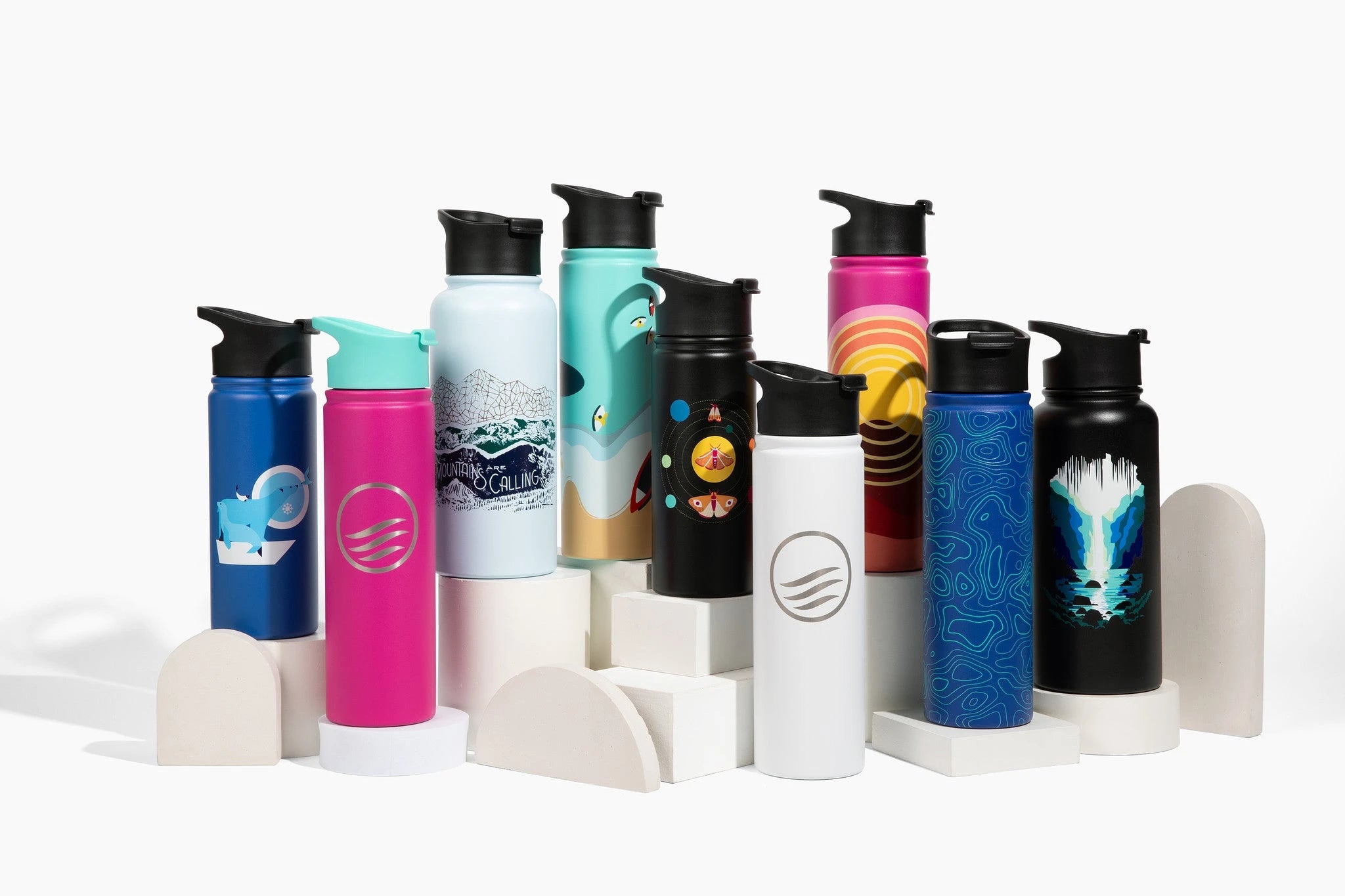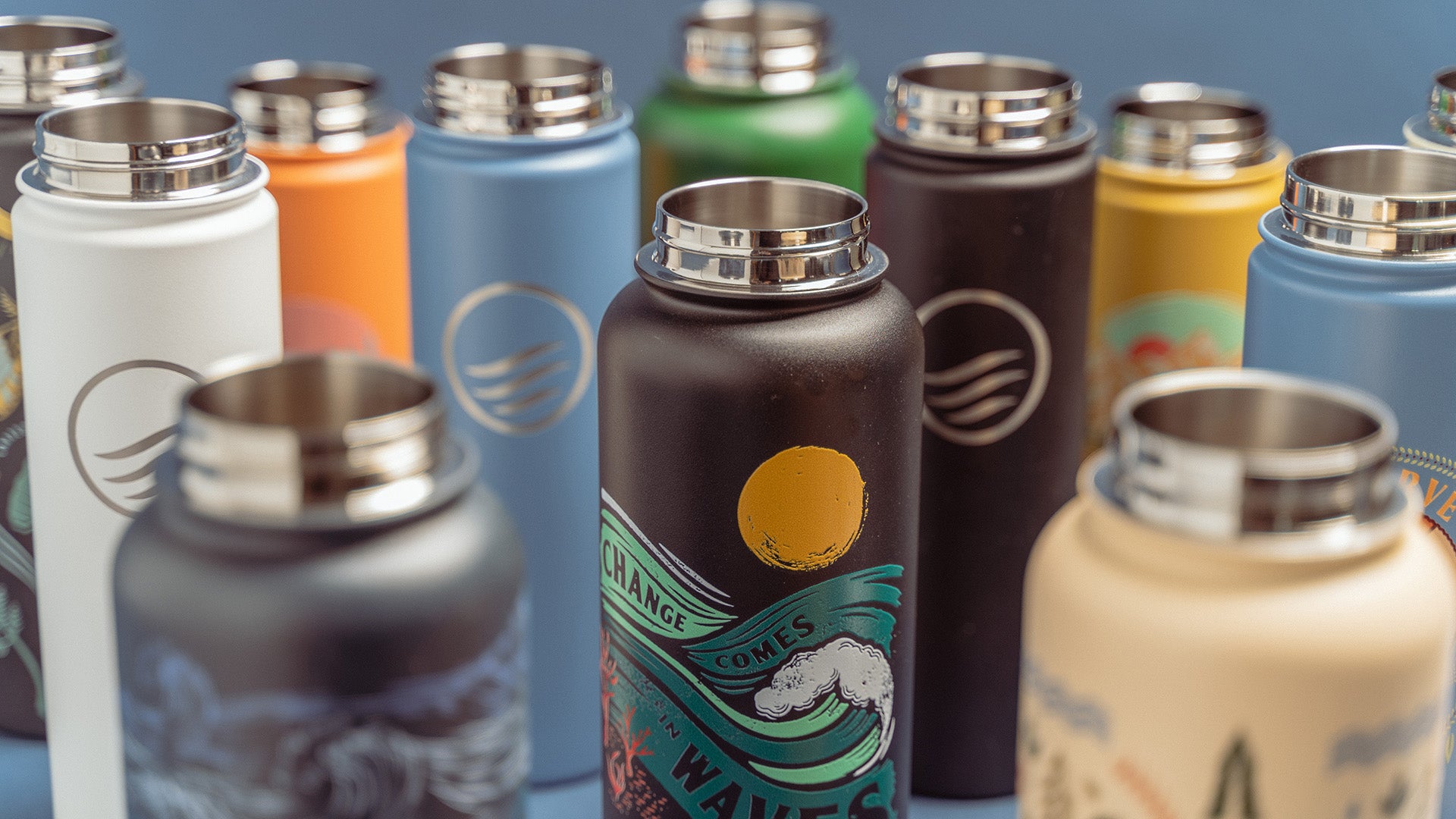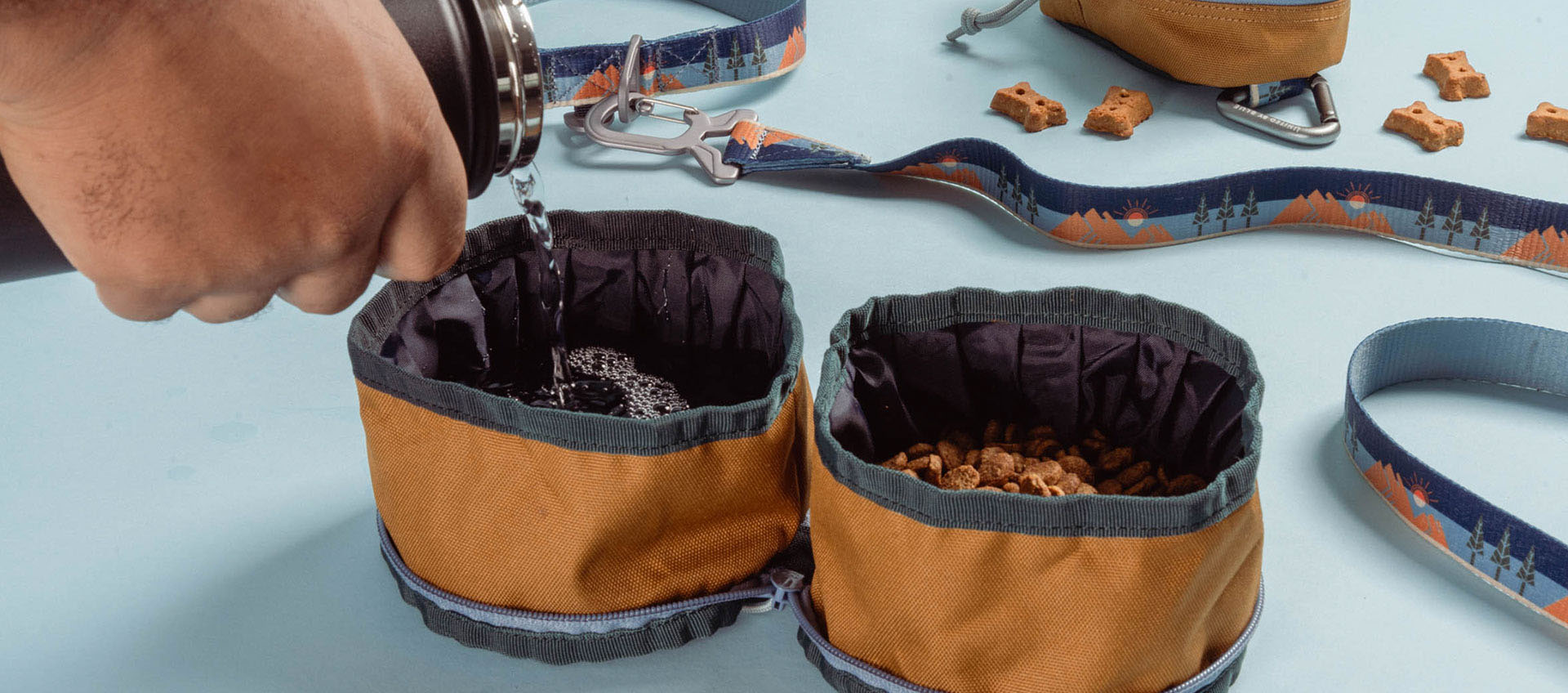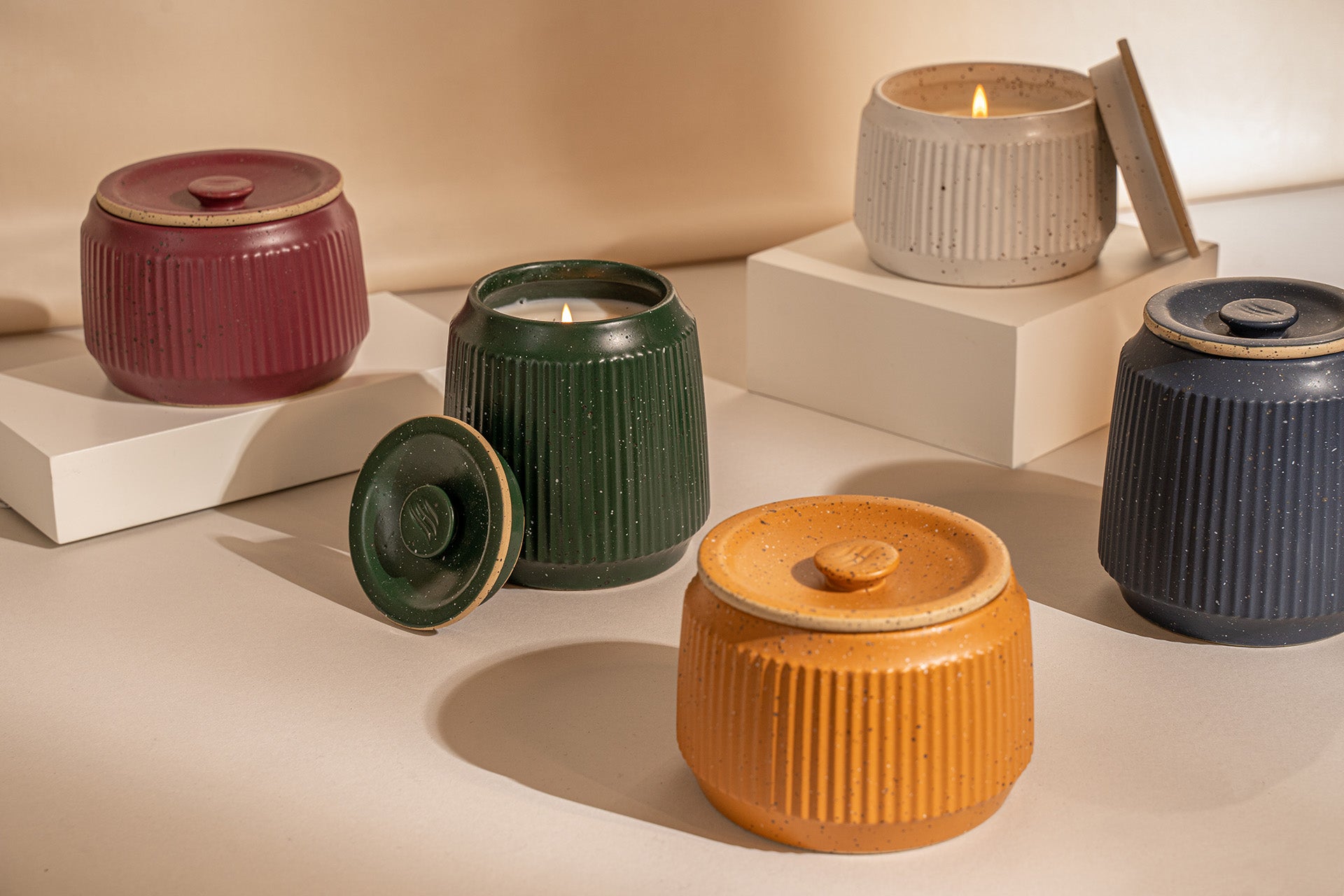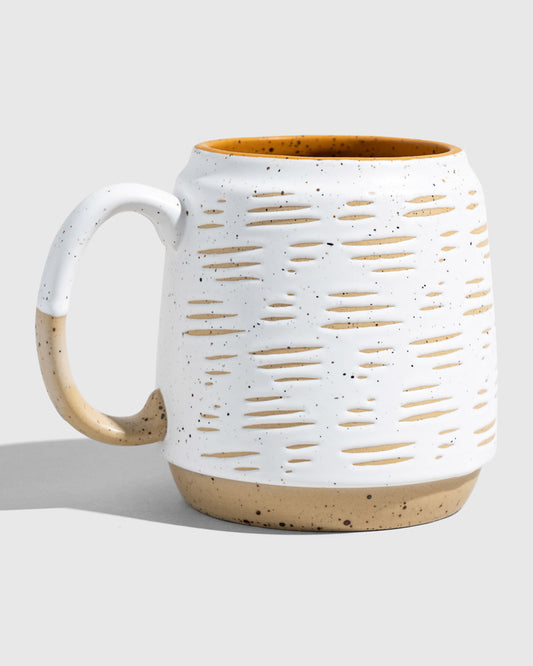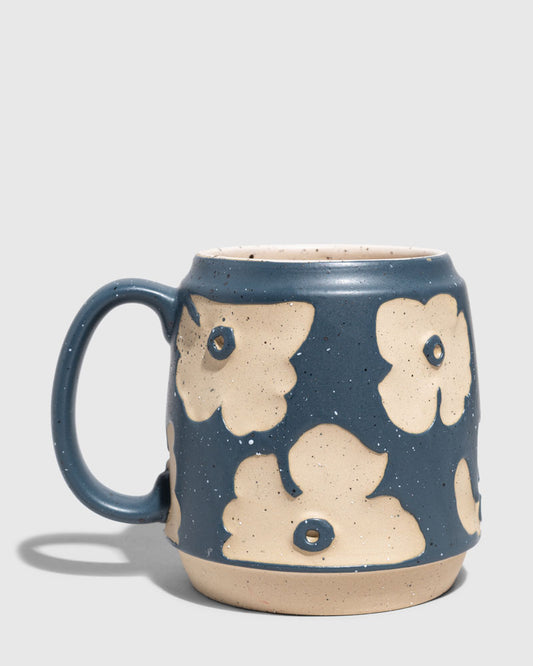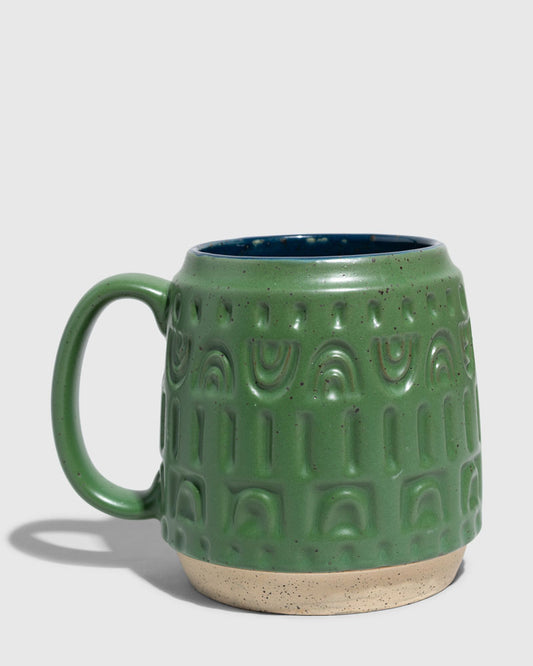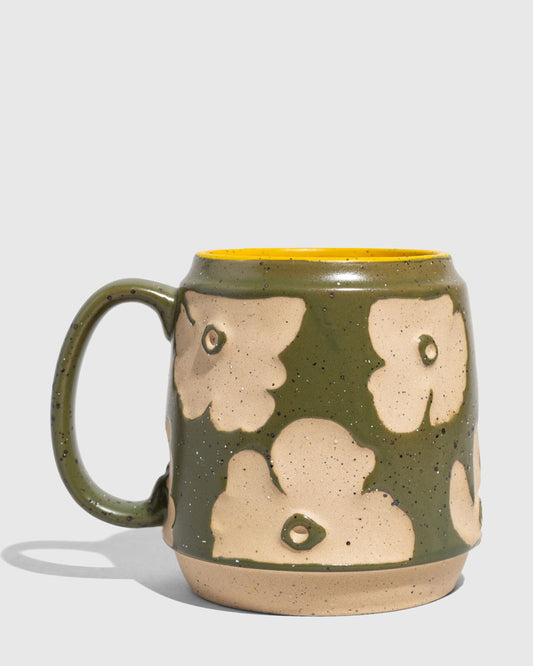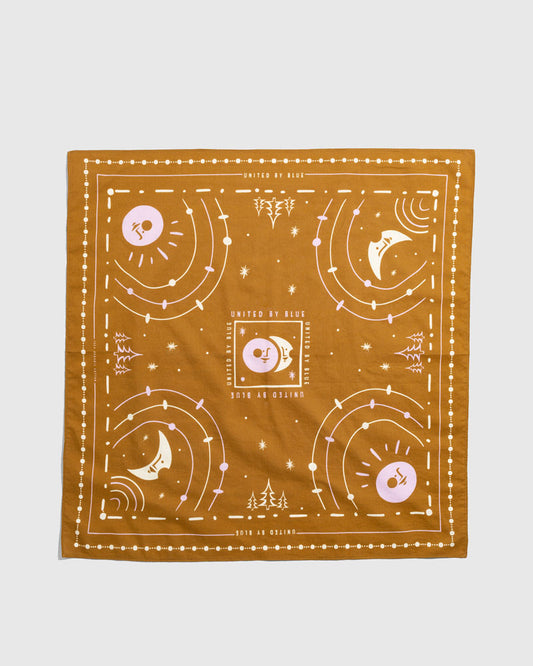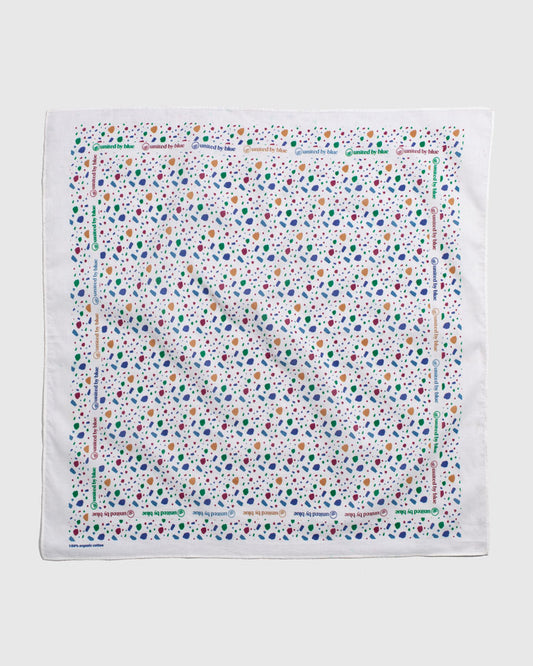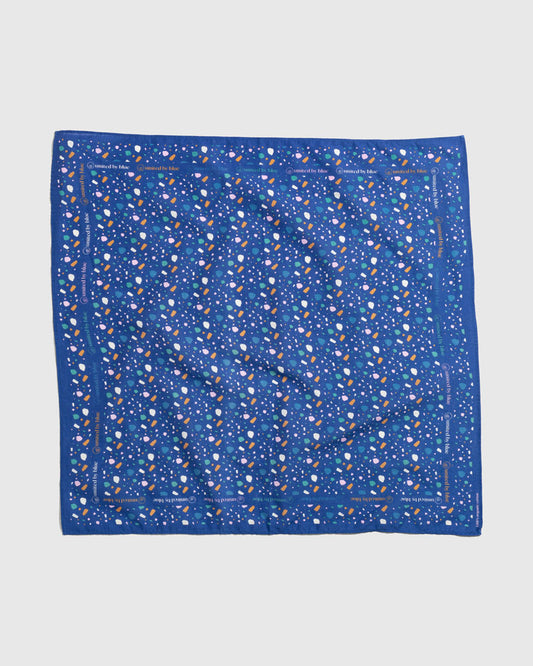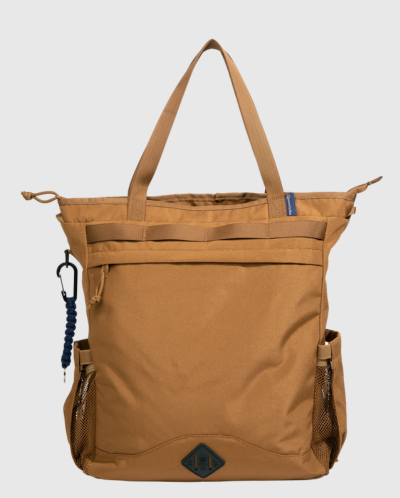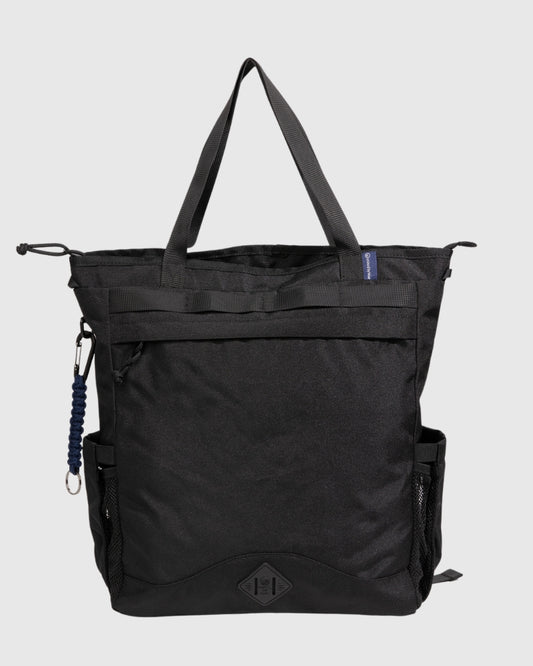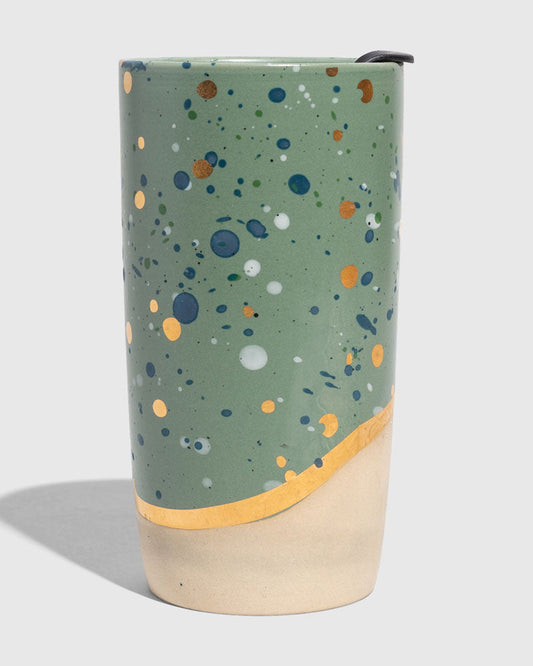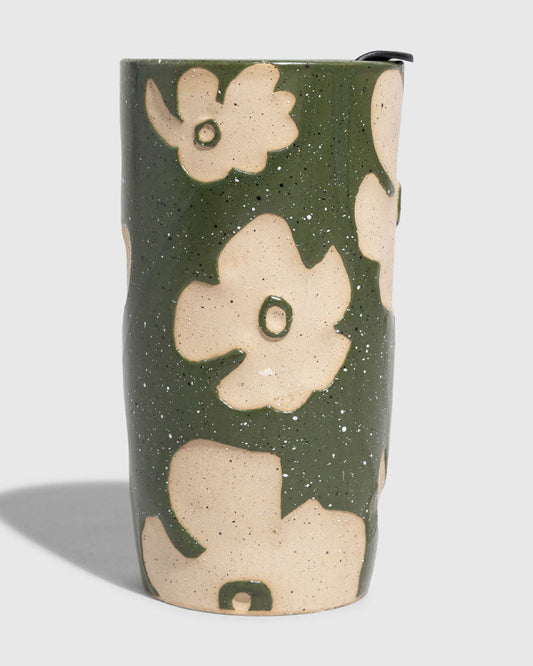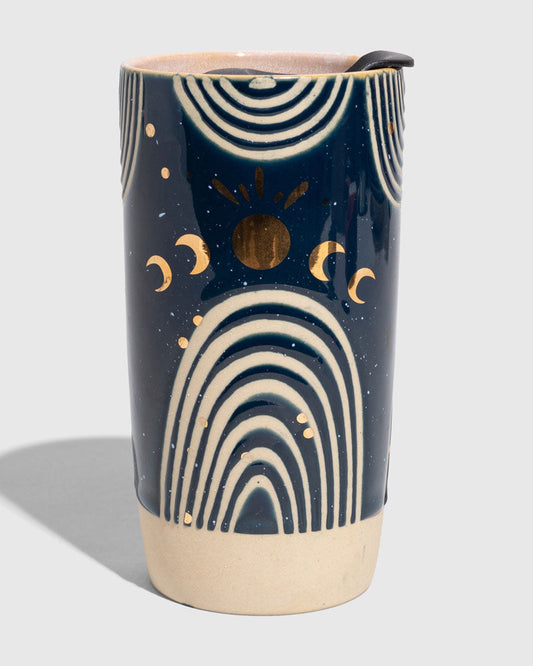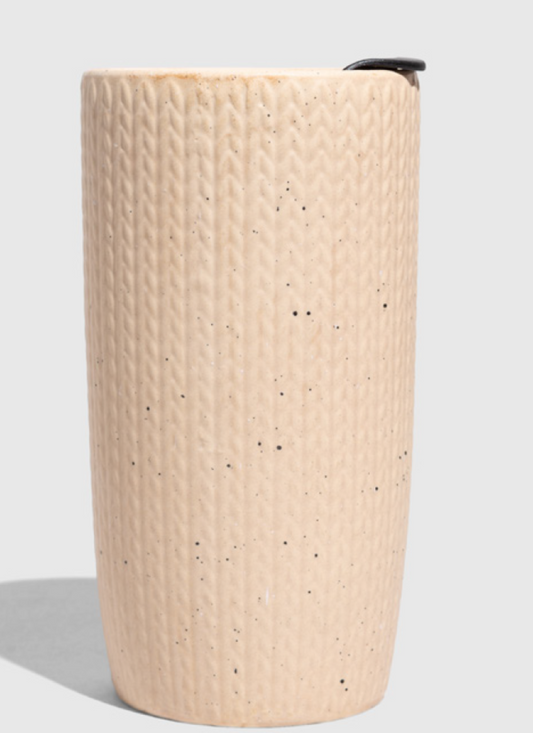
If clothes could talk, who knows what kind of stories they'd tell. Unfortunately, probably a lot of tales of toxic chemicals and unsafe work environments. And that's why marketing exists, to tell the stories behind the products—sometimes with genuine transparency, and sometimes with false claims and greenwashing. The reality is, being a truly informed consumer is harder than it should be. But our goal is to change that.
So we'll start by addressing two major claims that are seen in our stores, catalogs and website: 'Made in USA' and 'Made Sustainably'. Some of our bestselling socks and small goods, like soaps and sunscreens, are made right here in the US, while the majority of our apparel is manufactured sustainably overseas. You'll likely find similar labels in other places you shop. What do they really mean, and is one better than the other, in terms of environmental and social impact? The shorter answer is no—it’s not that simple. But we’ll get into it below.

 It’s more than a wishy-washy marketing claim; the standards for a product to be designated “Made in USA” are higher than you might think. In fact, it’s a label protected by the Federal Trade Commission. According to the FTC’s website, in order for an item to have this mark, “all significant parts and processing that go into the product must be of US origin. The product should contain no negligible foreign content.” Textiles are allowed to have the label as long as the item was cut and sewn in the US, with fabric that was created in the US. A wool sweater can earn the label if it was created in the US, even if the wool originally came from a sheep in Scotland before becoming a fabric in the US. Textiles partly manufactured in the US and partly elsewhere must have all countries on the label.
It’s more than a wishy-washy marketing claim; the standards for a product to be designated “Made in USA” are higher than you might think. In fact, it’s a label protected by the Federal Trade Commission. According to the FTC’s website, in order for an item to have this mark, “all significant parts and processing that go into the product must be of US origin. The product should contain no negligible foreign content.” Textiles are allowed to have the label as long as the item was cut and sewn in the US, with fabric that was created in the US. A wool sweater can earn the label if it was created in the US, even if the wool originally came from a sheep in Scotland before becoming a fabric in the US. Textiles partly manufactured in the US and partly elsewhere must have all countries on the label.

In the US, there are many national, state, and local laws that make sure workers are being treated a certain way (with a minimum wage, overtime pay, and safety measures), and that resources are being protected (water usage and waste processing is monitored, chemical use is regulated). By manufacturing goods here, you can theoretically maintain a baseline of sustainability. And most other countries don’t regulate manufacturing to the degree that we do, which can lead to looser standards for both people and planet—often making it cheaper to manufacture goods there, while creating more social and environmental consequences.
Besides ensuring a certain level of ethical manufacturing, the Made in USA label carries a big environmental advantage: reduced carbon footprint. An item shipped across the country uses a fraction of the fuel needed to send it from China or India. No matter how efficient overseas transportation can get, this will always be true.

 Unfortunately, more regulations do not always lead to better practices. Even today, labor issues are not uncommon in manufacturing hubs like New York and Los Angeles. An investigation into the US garment industry in 2016 found $8.1 million in unpaid wages owed to over five thousand workers. Record-keeping issues and overtime violations can be rampant, and the high percentage of undocumented workers in the textile industry means a lot of wrongdoing goes unreported (for fear of deportation). And while our laws protect against a lot, what they don’t really touch is strict guidelines for things like social responsibility and income sustainability.
Unfortunately, more regulations do not always lead to better practices. Even today, labor issues are not uncommon in manufacturing hubs like New York and Los Angeles. An investigation into the US garment industry in 2016 found $8.1 million in unpaid wages owed to over five thousand workers. Record-keeping issues and overtime violations can be rampant, and the high percentage of undocumented workers in the textile industry means a lot of wrongdoing goes unreported (for fear of deportation). And while our laws protect against a lot, what they don’t really touch is strict guidelines for things like social responsibility and income sustainability.
What’s more, there are many things we buy that simply cannot be entirely manufactured here in America. We are limited in what we can grow and the resources we have. Consider coffee, part of the daily routine for many Americans: nearly all coffee beans are grown in what’s called the “Coffee Belt”, an area near the equator with the ideal conditions for growing beans. In our globalized world, it’s just not practical to only consume things that come from inside your country’s boundaries.

 Unlike the FTC-backed ‘Made In USA’ label, ‘made sustainably’ is not a guarantee of anything. In some cases, it means nothing of substance; we call that “greenwashing”. But if backed by support and evidence, this claim can say just as much, if not more, about how a product is made. It can provide confidence that your product was made with natural, chemical-free materials by hands that were paid a living wage and given a safe work environment. It can mean that resources were used in the most efficient way possible, that carbon emissions were kept to a minimum, and that recycled materials were utilized in new and innovative ways.
Unlike the FTC-backed ‘Made In USA’ label, ‘made sustainably’ is not a guarantee of anything. In some cases, it means nothing of substance; we call that “greenwashing”. But if backed by support and evidence, this claim can say just as much, if not more, about how a product is made. It can provide confidence that your product was made with natural, chemical-free materials by hands that were paid a living wage and given a safe work environment. It can mean that resources were used in the most efficient way possible, that carbon emissions were kept to a minimum, and that recycled materials were utilized in new and innovative ways.
 Quality can come from many places. Yes, China too. Despite the negative connotation that lingers around a “Made in China” label, goods manufactured there can be just as reliably sustainable, or more so, than others. Much of our apparel is manufactured in China, and we can say with certainty (because we’ve been there, and we’ve audited the factories) that our manufacturing partners meet the highest of social and sustainability standards. Here’s how we know:
Quality can come from many places. Yes, China too. Despite the negative connotation that lingers around a “Made in China” label, goods manufactured there can be just as reliably sustainable, or more so, than others. Much of our apparel is manufactured in China, and we can say with certainty (because we’ve been there, and we’ve audited the factories) that our manufacturing partners meet the highest of social and sustainability standards. Here’s how we know:

Organizations and foundations like GOTS, Fair Wear, OCS and Fair Trade certify that a manufacturer continues to meet rigorous standards: for providing a living wage and safe facilities, for using organic cotton, and for prohibiting the use of toxic chemicals, to name a few. By being strategic about where they choose to manufacture, companies are able improve efficiency, minimize waste and generally reduce their environmental impact in a way that sometimes isn't done inside American borders. For instance, the Chinese manufacturer that makes our hemp clothing grows hemp onsite, and scraps left on the cutting-room floor are recycled then and there. Additionally, it's worth noting that overseas manufacturing has the potential to leave a positive impact on developing countries, when undertaken with the right intent. We love this example from the founder of Brave Soles, who took tires from a garbage dump in the Dominican Republic (which besides being a toxic nightmare, was a breeding ground for mosquitos carrying diseases) and turned them into locally-made footwear.

 We already went over the uncertainty that a “Made Sustainably” claim can hold; because it’s not based on one accepted certification, it takes additional digging to uncover what exactly makes it ‘sustainable’. And along with the environmentally costly process of shipping large quantities of goods long distances, manufacturing outside of the US (for goods being sold in the US) makes it more difficult to monitor what’s really going on. For some companies, that can lead to a lack of transparency and marketing deceptions. For us, communication, trusted relationships and on-site visits are key.
We already went over the uncertainty that a “Made Sustainably” claim can hold; because it’s not based on one accepted certification, it takes additional digging to uncover what exactly makes it ‘sustainable’. And along with the environmentally costly process of shipping large quantities of goods long distances, manufacturing outside of the US (for goods being sold in the US) makes it more difficult to monitor what’s really going on. For some companies, that can lead to a lack of transparency and marketing deceptions. For us, communication, trusted relationships and on-site visits are key.
 We’ve said it before and we’ll say it again: there’s no silver bullet for zero-impact clothing production. That’s why we continue to seek out new materials and fabrications that make the most of recycling and underutilized resources. As a consumer, by looking for the labels “Made in USA” and “Made Sustainably” when shopping, you can make a reasonable assumption that your purchases support ethical and sustainable manufacturing—but to be sure, you should look beyond the label for more information, instead of just taking these claims at face value. Go to websites, speak with associates or customer service, and think critically about what you buy.
We’ve said it before and we’ll say it again: there’s no silver bullet for zero-impact clothing production. That’s why we continue to seek out new materials and fabrications that make the most of recycling and underutilized resources. As a consumer, by looking for the labels “Made in USA” and “Made Sustainably” when shopping, you can make a reasonable assumption that your purchases support ethical and sustainable manufacturing—but to be sure, you should look beyond the label for more information, instead of just taking these claims at face value. Go to websites, speak with associates or customer service, and think critically about what you buy.
Our recommendation: when shopping for a particular item, consider the materials and manufacturing that likely went into it. From there, you can make a reasonable guess as to whether the product is better off made locally, or imported in an sustainable way. Take a bar of soap. You can assume that the locally-made bar is more eco-friendly, due to transportation costs and local materials. But if you’re shopping for something that requires materials that are often more efficiently sourced from another country (hemp, for example), a product that is manufactured sustainably overseas is probably the way to go.


